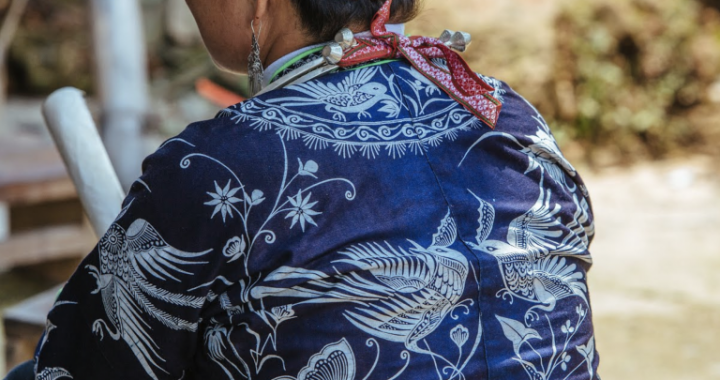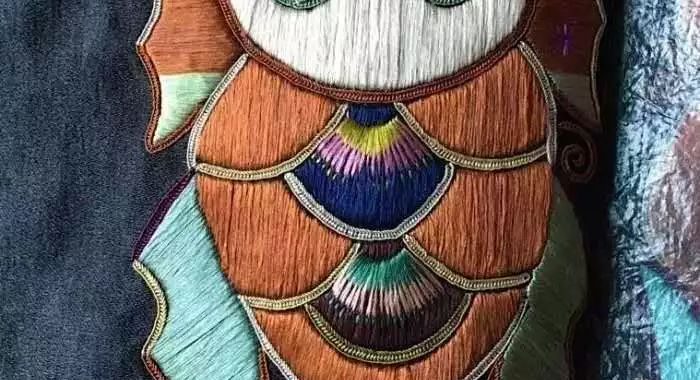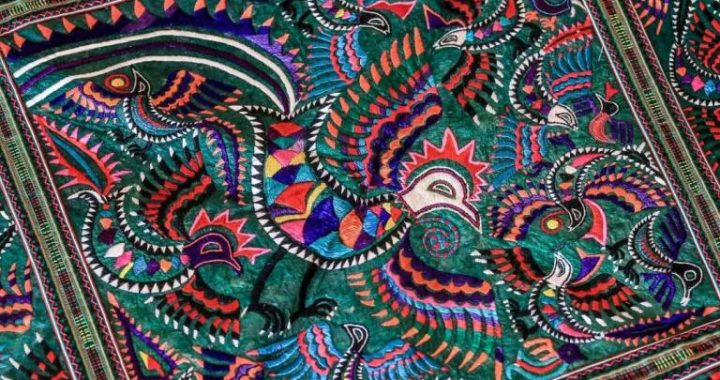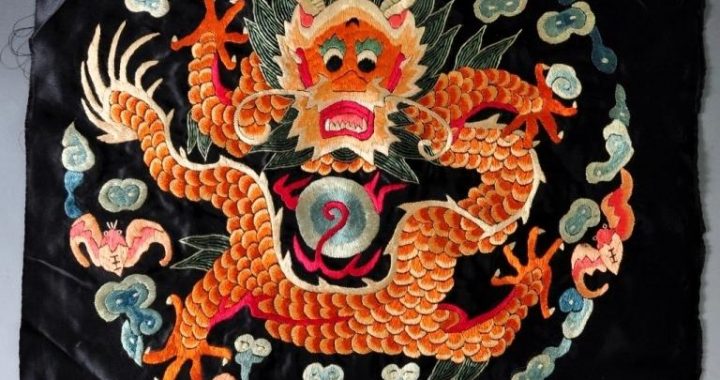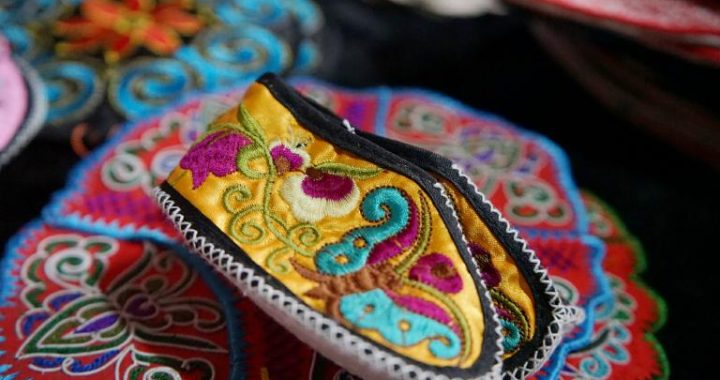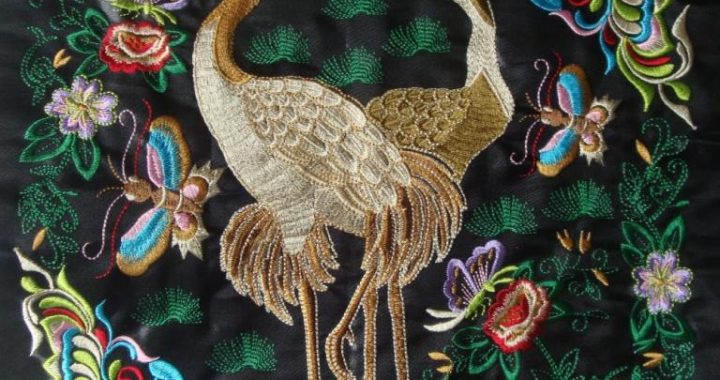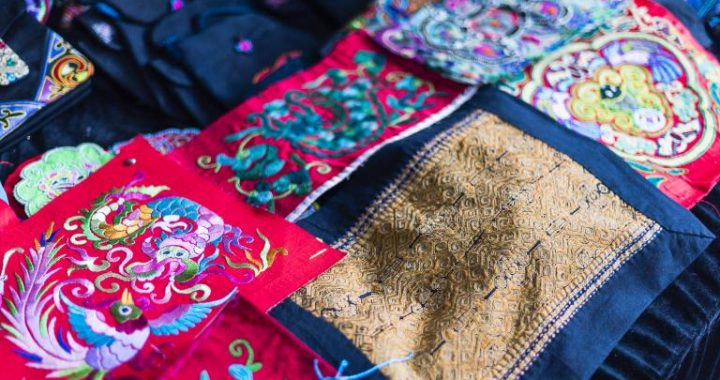Weaving Techniques Portrayed on Stone Relief of the Han Dynasty
3 min readFar,Far away resides the Cowherd Star,
Fair,Fair the Weaver Maiden Star,
Slim and soft are her tender hands,
Click and clack sounds the loom that stands
—Nineteen Ancient Poems(Han dynasty)During the Xia,Shang and Zhou dynasties,which were the three earliest Chinese dynasties recorded in historical documents,sericulture and weaving industry hadalready become an important constituent in social life.Unfortunately,hardly any textiles of that period are left over today,and the technological achievements of weaving could only be inferred from traces kept on bronze,jade and clay.The succeeding Warring States period saw the great enhancement of social productivity,and the several textile products excavated from the tomb of Chu state in Mashan,Jiangling,Hubei province,demonstrated a leap of silk production technologies of the time.After that,the unification of China under Qin ushered China into the era of feudal society,and made the country ever stronger.
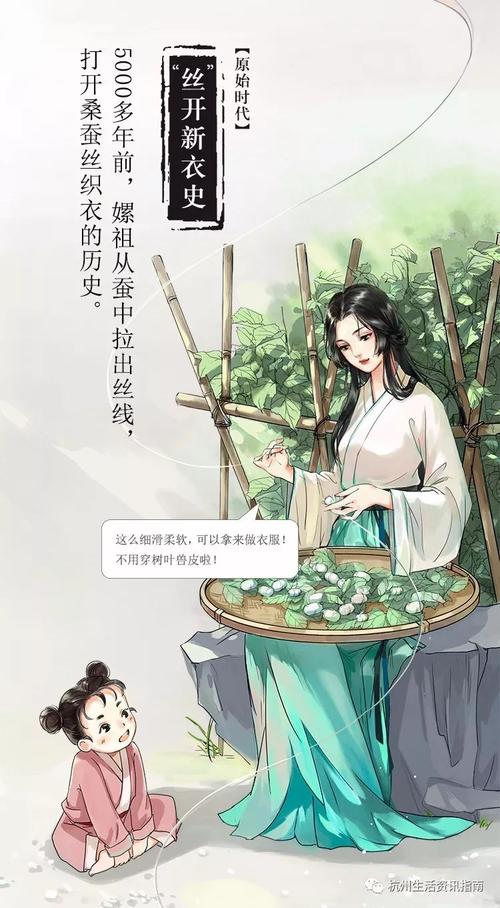
Qin was very soon taken over by the Han dynasty,when three national centers of silk production took shape.One is the capital Chang’an,where the eastern andwestern Weaving Workshops were set up;the other is Qilu(modern-day Shandongprovince),site of the Three-Costumes Palace which particularly produced silk products for the imperial family;the third is Chengdu of Sichuan province.During the reign of Emperor Wu of Han,silk production was so popular that annual national tribute of textiles counted up to five million rolls.Meanwhile,the Han dynasty witnessed huge advancement of silk technologies as well.Jin(brocade)and xiu(embroidery)were the two most classic silk species of the time,and they are often applied together in modern Chinese to describe something positive and splendid,such as a land of splendours and a glorious future.
Weaving Techniques Portrayed on Stone Relief of the Han Dynasty The Han dynasty was a very significant period in ancient China when the feudasystem developed very fast.The stone relief applied as tomb decorations,which first appeared in the Western Han and became popular in Eastern Han,was not onlyone of the most classic art forms of Han,but is valued as important evidence for studying material culture of the period as well.And through colorful portrayal of sericulture and weaving on stone reliefs,we can appreciate the noteworthy role they had played during that time.
1)Picking Mulberry Leaves
According to the record in Han Shu(History of Han)”The emperor plows in person,while the empress pick mulberry leaves in person”,sericulture was strongly stressed by the ruling class.Low mulberry trees had been cultivated by the time of Qin and Han,and from the excavated stone reliefs of Han,we see people picking mulberry leaves from the ground,rather than climbing into the tree.These low mulberry trees later evolved into Shandong mulberry trees or ground mulberry trees,as one of the two main categories of mulberry trees in ancient China,the other being the tall Jing mulberry tree.

2)Spinning
After silkworms spin cocoons,silk filaments shall be reeled,spooled and wound,before they are ready for weaving.On a Han stone relief excavated in Xuzhou of
Jiangsu province, the woman on the right is spooling, while the one in the middle is winding the weft. Spooling refers to the process to transfer reeled silk onto proper bobbins. The bobbins portrayed were quite large, indicating that a complete procedure of silk production had taken shape, and a higher level technique achieved by the time.
3) Weaving
Spun silk is then weaved into textiles, where loom is essential. In the Xuzhou stone relief mentioned above, the woman on the left is weaving on a loom. Comparing to Shang and Zhou, looms of the Qin and Han period had been improved to a large extent, with the gradual popularization of ingenious and efficient slant looms. It was so named because of its tilted body, which proved to be labor-saving, and is considered a leading invention of ancient China. Dozens of Han stone reliefs with images of such loom have been found so far in Jiangsu, Shandong and Chengdu.
